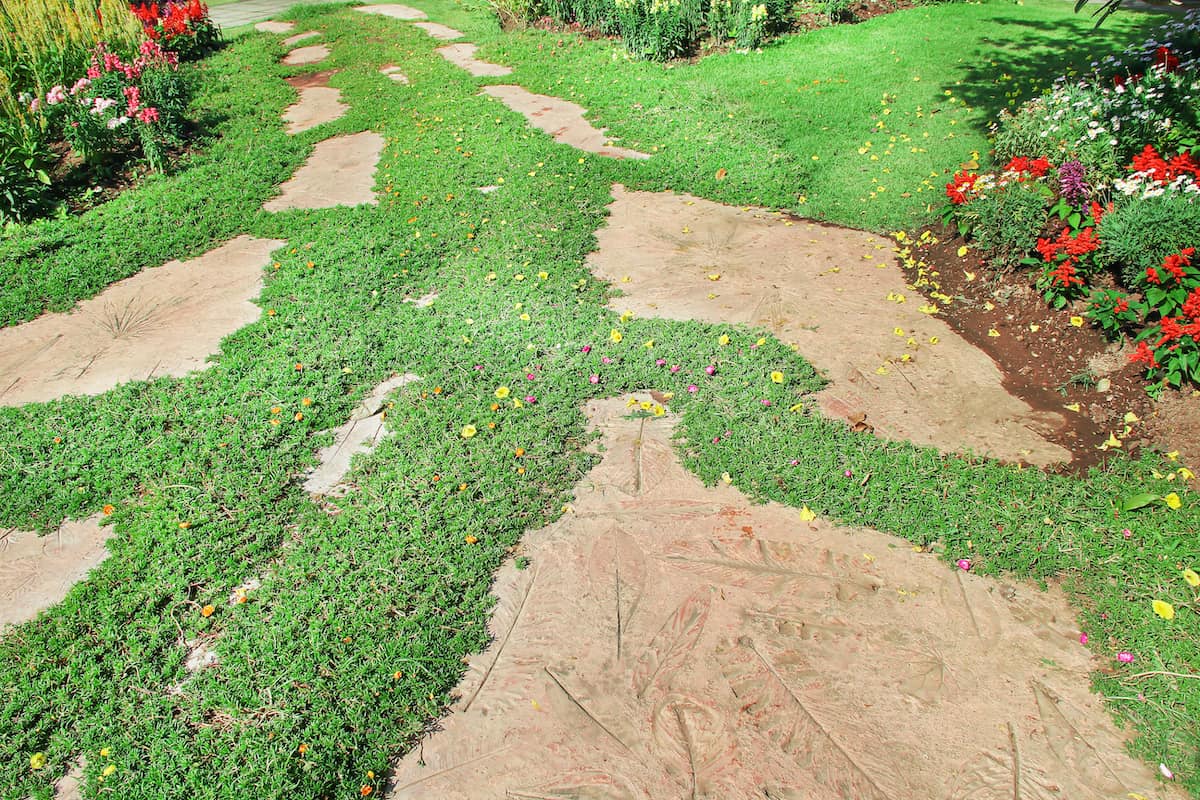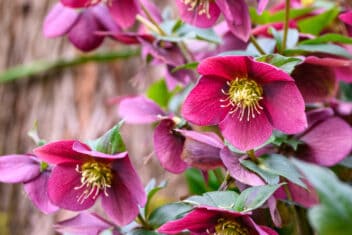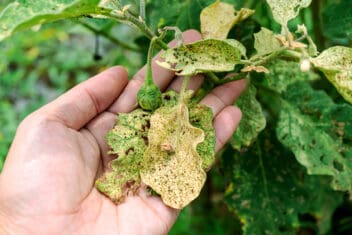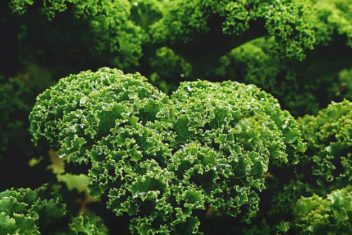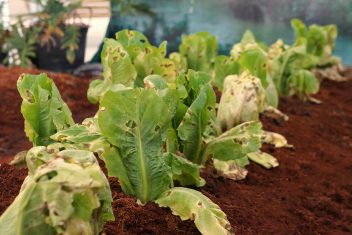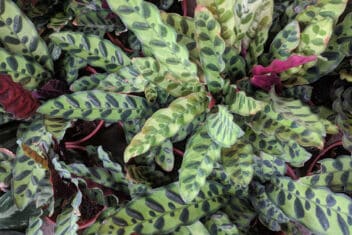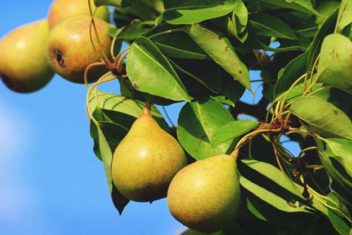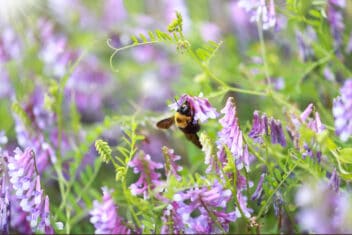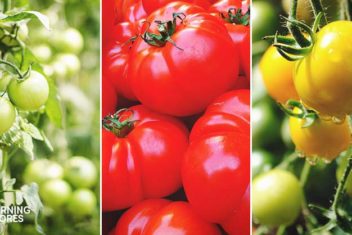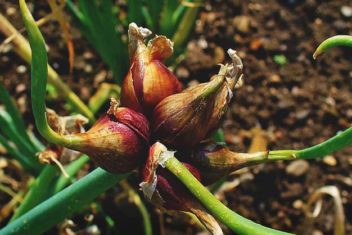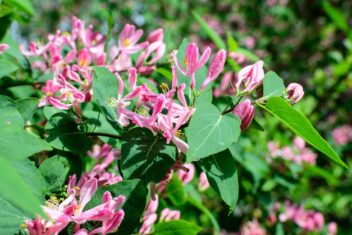“Foodscaping” is a growing trend that many self-sufficient folks are adopting quite enthusiastically. In simplest terms, it’s using edible lawn replacements in lieu of grass. This way, you use every bit of available space to cultivate food plants.
Since most of our lawns don’t get much daily use, why not ditch the grass and grow deliciousness instead?
The 14 varieties listed below are all edible and easy to grow. Most are perennial, while others self-seed, so they’re also low maintenance. Best of all, there are flavors and textures to suit every palate.
1. Purslane (Portulaca oleracea)
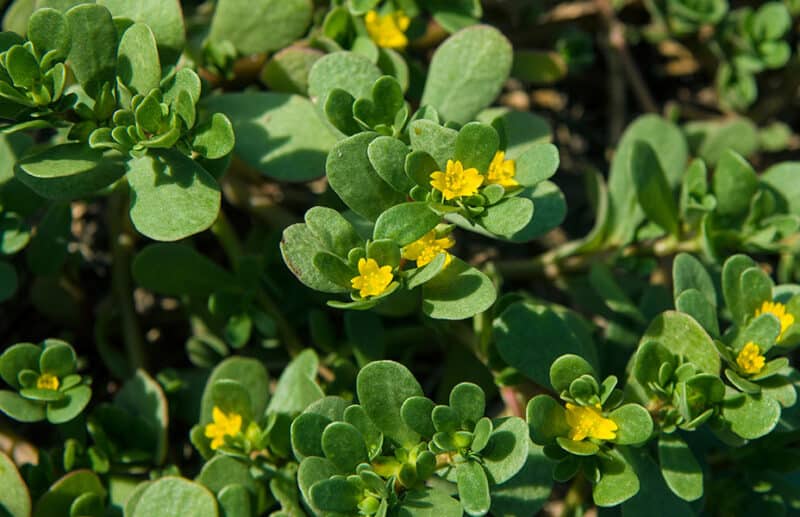
This delicious succulent has crunchy, lemony leaves, and grows prolifically, even in poor soil. It’s only perennial in USDA Zones 10 and up, but self-seeds easily. Eat this plant raw, as cooking it gives it an unpleasant, slimy texture.
Here’s an interesting tip: If you’d like to cultivate huge purslane plants rather than tiny ground creepers, grow them in humus-rich soil with a high nitrogen content. Mine grew over five inches tall this year!
2. Nasturtiums (Tropaeolum spp.)
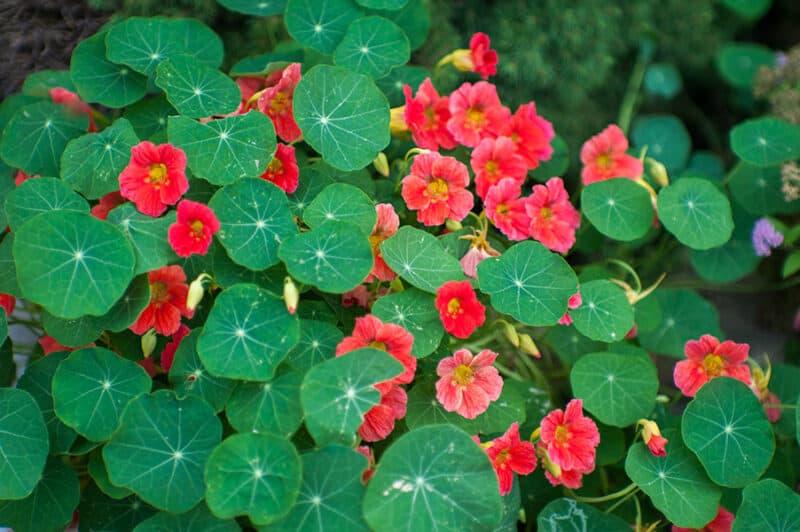
These happy little plants are great companions for tomatoes, lettuce, and countless others in your garden. They also happen to spread vigorously and are entirely edible.
They can be a bit tricky to establish but do best if you pre-soak the seeds for 12 hours before popping them into slightly acidic, moist, well-drained soil. Nasturtiums need a lot of sunshine, so they’re better suited to full sun than partial shade.
3. Alpine Strawberries (Fragaria vesca)
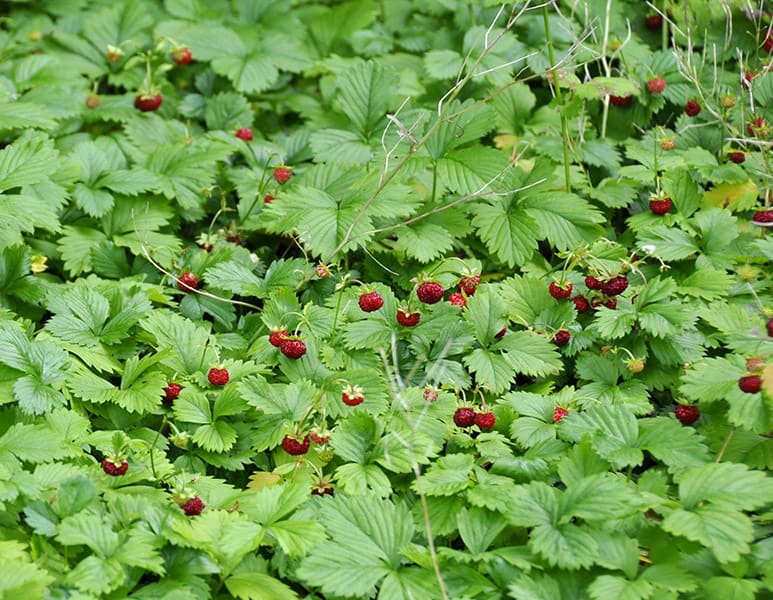
If your lawn space is on the shady side, try alpine strawberries. They’re easy to propagate from seed, and spread their runners eagerly across any ground they’re allotted.
Their leaves can be used in tea, and their berries, although tiny, are incredibly flavorful. Note that strawberries produce more fruit in sunny spots. As a result, if you’re using them to cover shaded ground, the berry yield will be significantly lower.
4. Wood Violets (Viola odorata)
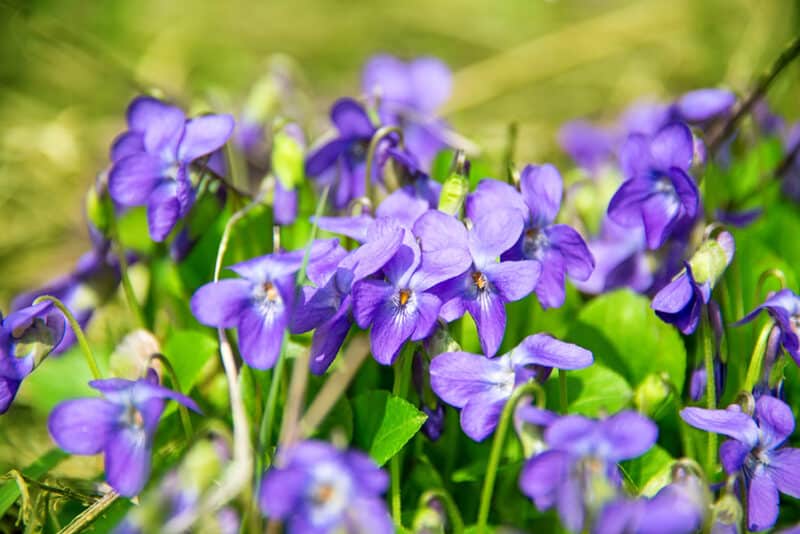
As far as edible lawn replacements go, common violets aren’t just edible – they’re gorgeous. Their heart-shaped leaves are packed with vitamins C and A, and can be eaten raw, or cooked like other greens.
The flowers have a delicate flavor and can be eaten in several ways. Toss them raw into salads, or candy them to decorate cookies and cupcakes. Or, if you feel like flexing your canning muscles, transform them into bright purple violet jelly!
Transplant young wild violets and allow them to self-seed (which they do eagerly), or sow purchased seeds on prepared soil in early springtime. They prefer dappled shade, and a growing medium that’s rich in compost but drains well.
5. Mint (Mentha spp.)
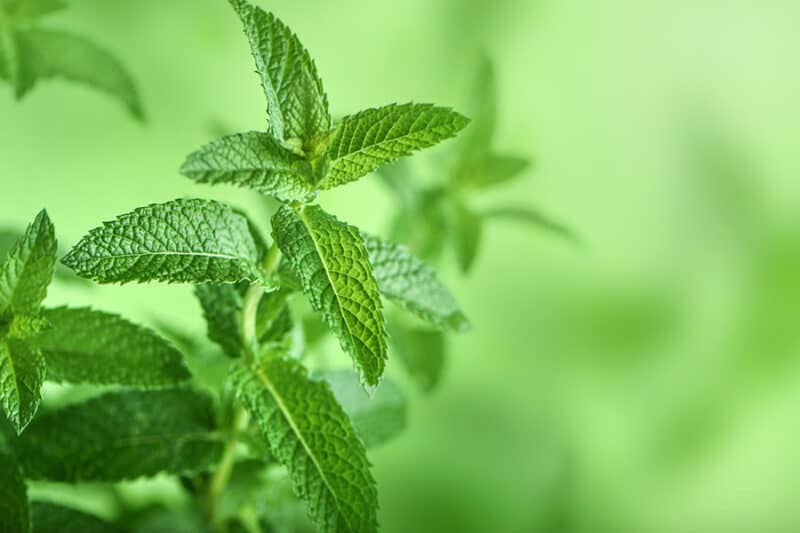
If you’ve ever made a cup of peppermint tea or added freshly chopped spearmint to tabbouleh, you know how delicious various mint species can be. Mints are some of the easiest plants to grow, as they thrive in most soils as long as they’re watered regularly.
*Just a quick note: most members of the mint/deadnettle family (Lamiaceae) aren’t just perennial – they’re highly invasive. While this is a definite plus when you’re trying to establish groundcover over large areas, you’ll need to be diligent that this stuff doesn’t creep into your vegetable beds.
6. Lemon Balm (Melissa officinalis)
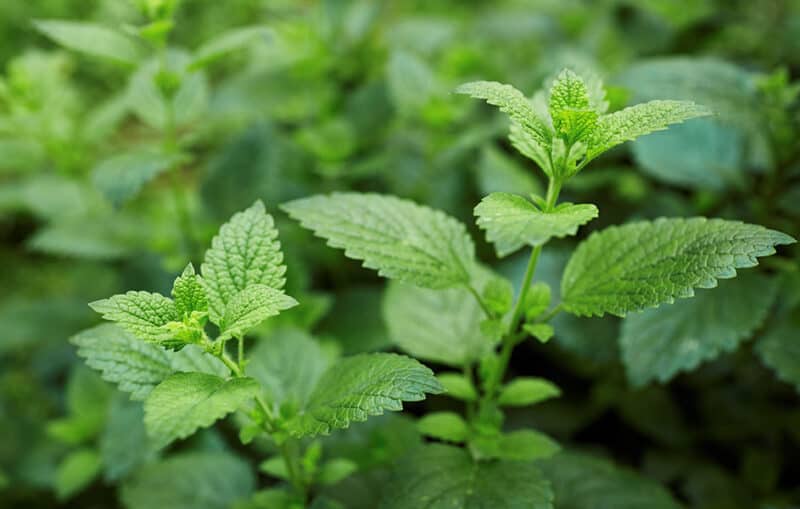
This is another member of the mint family mentioned above, but has a bright lemony flavor instead of a minty one. It has the same soil requirements, and will eagerly cover your entire lawn in a year or two if allowed to.
The leaves are wonderful in teas as well as salads, and you can add them to cooked dishes for a lemony flavor without extra liquid. As an added bonus, this plant repels mosquitoes! Just walk across the lawn daily to crush the leaves and release their scent. Unwanted bitey beasts can’t stand it.
7. Roman Chamomile (Chamaemelum nobile)
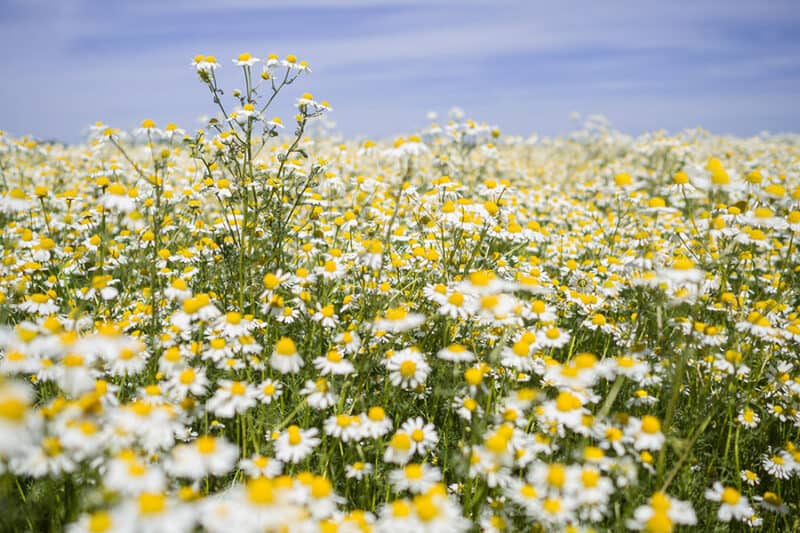
While German chamomile (Matricaria chamomilla) and Roman can both be used as ground cover, the latter is often a better option. Roman chamomile doesn’t grow quite as tall, has fewer flowers, and has a mild, apple-ish scent when you crush its leaves underfoot.
Both the leaves and flowers are edible and can be used in teas, salads, and other preparations. It likes a well-drained, low-nutrient growing medium, so it’s ideal for depleted and poor soils. In fact, if you mow it down at the end of the season, you can leave the cuttings to compost. They’ll act as a green manure and help to replenish the soil over the winter.
*Note: Avoid growing (and eating!) chamomile if you’re allergic to ragweed, as it may trigger a reaction.
8. Miner’s Lettuce (Claytonia perfoliata)

It’s possible that you’ve seen this perennial green around your neighborhood, and never really recognized it for the tasty snack that it is. If you’re looking for edible lawn replacements that are as attractive as they are tasty, add this one to your list.
This plant is referred to as miner’s lettuce or miner’s cress because it was a staple for 19th century California miners, who ate it regularly to ward off scurvy. It prefers moist, moderately rich soil, so be sure to work peat or coir into your yard before sowing the seeds in early spring.
Miner’s lettuce is perennial in zones 6-10, and an annual everywhere else. If you’re in zones 3-5, you can sow and harvest repeatedly from March through to September or October.
9. Oregano (Origanum vulgare)
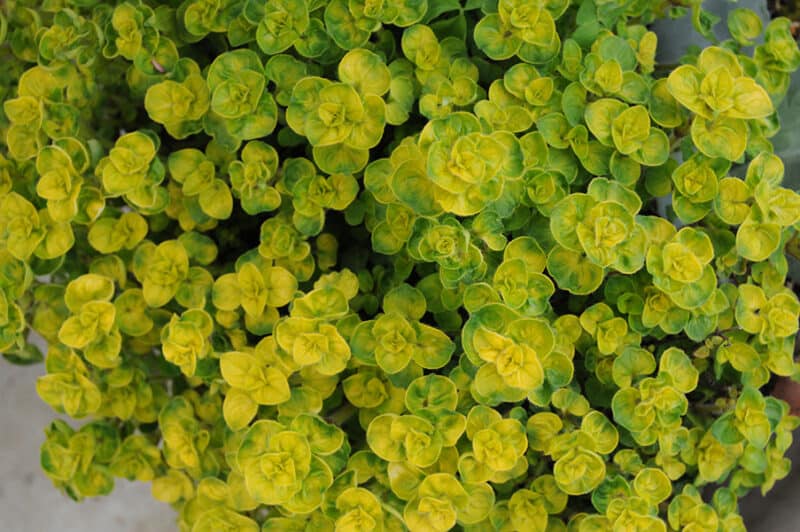
This isn’t just the cornerstone of Italian seasoning: oregano also happens to make a spectacular, fragrant ground cover. Like other members of the mint family, it can thrive in poor soil, spreads prolifically, and is very difficult to eradicate once established.
That said, it’s these traits that make it so effective at covering large areas. Although it has the potential to grow tall, mowing it regularly will keep it fairly tidy. Additionally, like mint, lemon balm, and thyme, oregano contains carvacrol—a natural insect repellent.
10. Sweet Potato (Ipomoea batatas)
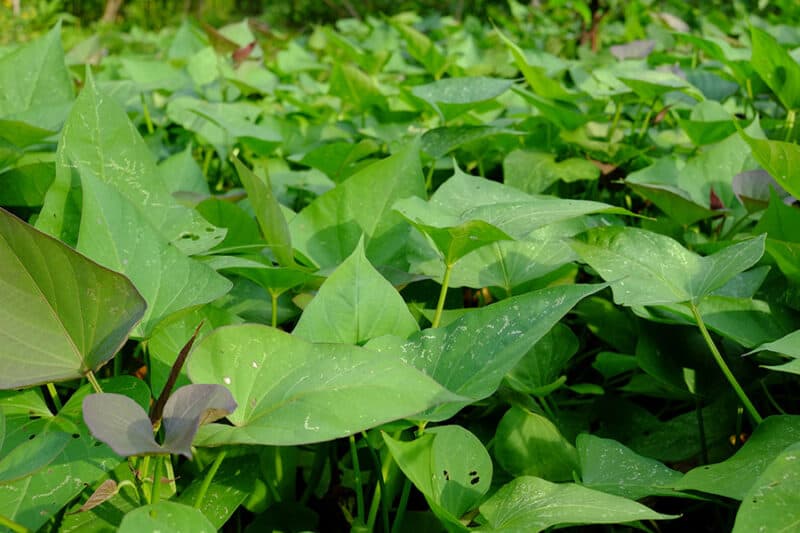
If you’re lucky enough to live in a climate that gets hot summers, consider cultivating sweet potatoes on what used to be your lawn. Not only are the tasty tubers incredibly nutrient-dense, but the leaves are also edible as well!
In addition, there are some varieties available that have really gorgeous foliage, from burgundy to bright lime green. Cook the greens the same way you’d prepare spinach or chard, and serve them alongside their roots.
11. Thyme (Thymus spp.)
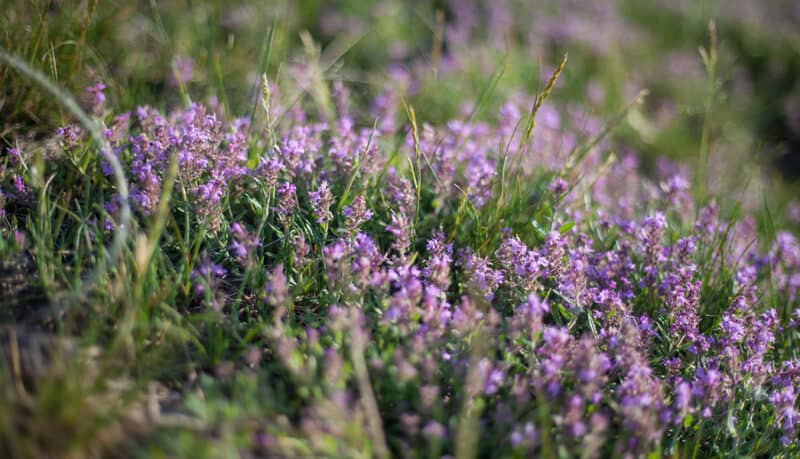
There are so many thyme varieties that we could easily dedicate an entire article to this merry little herb. Some varieties are more fragrant than others, and not all are considered edible. As a result, it’s important to do your research when determining which you’d like to grow.
Lemon, English, and French thyme are some of the most popular options, but creeping thyme (Thymus praecox), also known as elfin thyme, is one of the best edible lawn replacements around. It’s prolific, dense, and flavorful, so it covers all the bases. Sometimes quite literally.
12. Lingonberries (Vaccinium vitis-idaea)
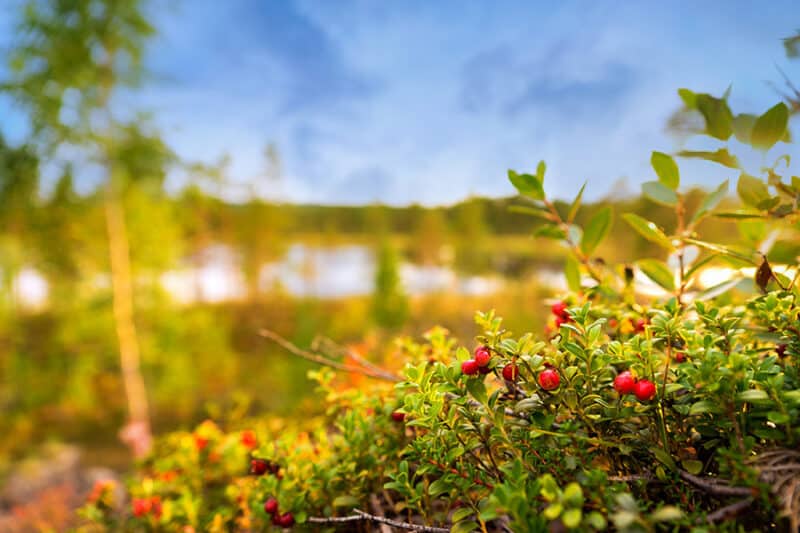
You may not be familiar with these delicious fruits unless you’re of Scandinavian ancestry, but they’re well worth checking out! These cranberry cousins are low-growing shrubs that are great as a groundcover or edging, and the berries are high in vitamin C.
Like most other berries, these plants are ideal for acidic soil, as they’ll fail tor thrive in alkaline conditions.
Also, it’s best not to eat the berries raw, as they’re quite tart and can cause stomach upset. Instead, transform them into jam or sauce for desserts, pancakes, and even meatballs.
13. French Sorrel (Rumex scutatus)
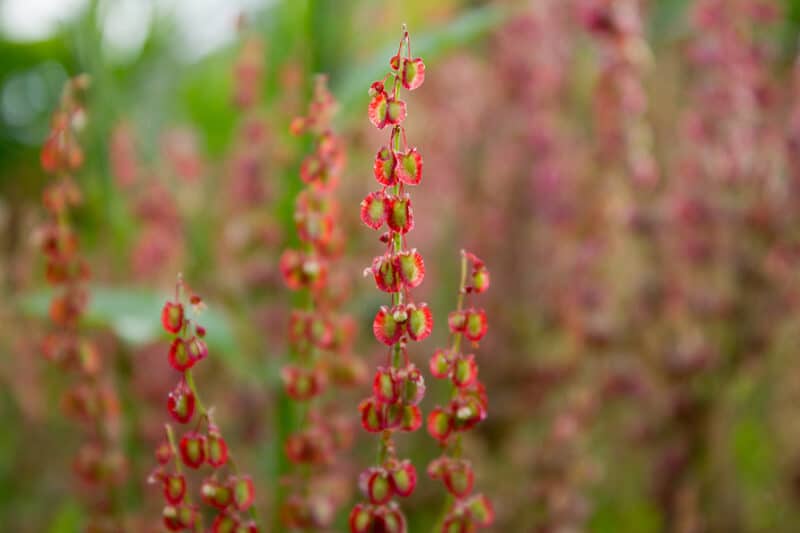
Not to be confused with clover-like wood sorrel (Oxalis dillenii), French sorrel is a perennial vegetable with long slender leaves. It’s prized for its lemony flavor, and is used in soups, salads, and sauces around the world.
This plant thrives in sandy, depleted soil, and basically loves to be neglected. Just toss seeds on bare earthy patches, water in well, and let ’em go. You’ll be able to harvest the leaves several times all season long.
14. Wintergreen (Gaultheria procumbens)
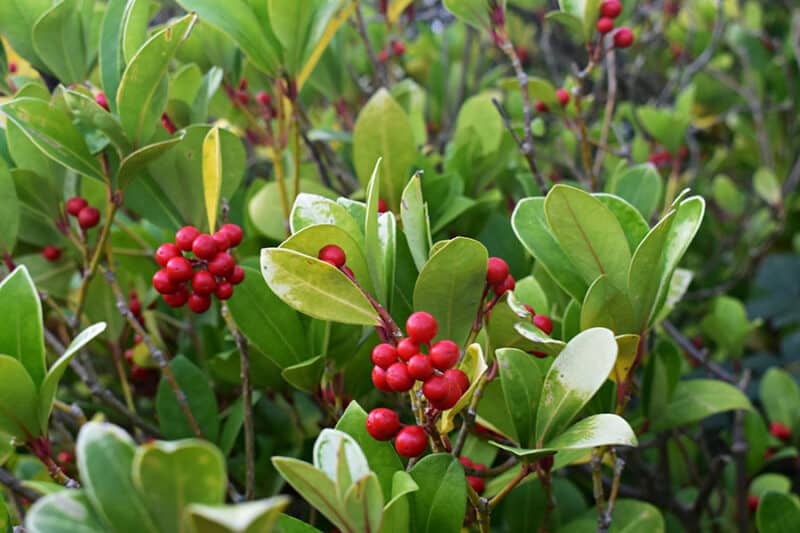
Although it’s more commonly found wild in forests across North America, this spreading evergreen shrub can be cultivated just about anywhere. It’s hardy all the way down to zone 2a, and interestingly enough, can only thrive in the shade. It needs rich, moist, acidic, well-draining soil, and will die off quickly in standing water.
Its edible berries have a crisp, minty flavor, and can be eaten raw. Additionally, its twigs and leaves can be brewed into a refreshing tea. This is a great species to grow if your area has a lot of deer and rabbits, as neither is fond of its flavor or texture.
Edible Lawns Do Double Duty
If you’re growing perennial species as edible lawn replacements, remember the “sleep, creep, leap” rule: it’ll likely take a good three years for those plants to create dense groundcover. They spend the first two years establishing their root systems but will explode merrily after that.
Furthermore, if you live in an area that gets a lot of mosquito and tick activity, consider a Lamiaceae lawn. Sow the various members of this family mentioned above, i.e. a variety of mints, thymes, lemon balm, and oregano. They’ll create a dense carpet full of color and scent, and will help to fend off all kinds of unwanted insects.
It just takes some time, care, and patience to transform what used to be a grassy lawn into a lush foodscape. Before you know it, you’ll have a yard full of edible herbs, flowers, and low-growing vegetables to enjoy.
